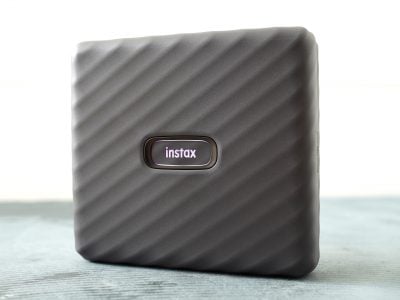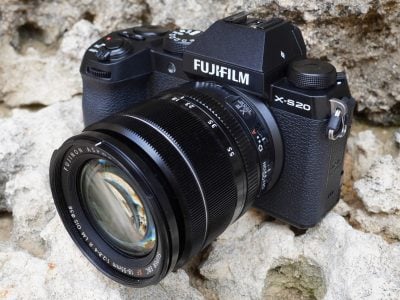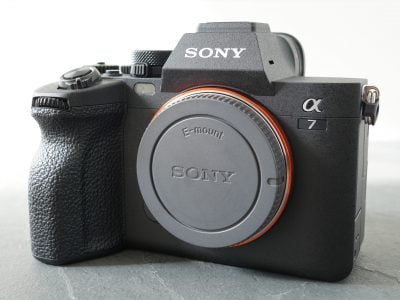Panasonic Lumix DMC-FZ8
-
-
Written by Gordon Laing
Panasonic Lumix DMC-FZ8 vs Sony Cyber-shot DSC-H9 real-life noise
Panasonic Lumix DMC-FZ8 results continued…
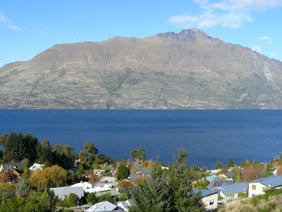
Outdoor / Resolution / Noise / Noise 2 / Corner sharpness / Fringe & macro / Distortion / Vignetting
To compare noise levels under real-life conditions we shot this scene with the Panasonic Lumix DMC- FZ8 and Sony Cyber-shot DSC-H9 within a few moments using each of their ISO settings. The FZ8’s Noise Reduction was set to Standard. The zoom lenses of each camera were adjusted to deliver the same field of view; the FZ8 crops show a slightly larger field due to its slightly lower resolution. The image left was taken with the Panasonic Lumix DMC- FZ8 at 7mm f5.6 and at 100 ISO; the original measured 3.35MB. The crops are taken from an area just below and to the left of the centre. |
At 100 ISO, the FZ8 captures and records noticeably greater detail than the Sony H9, which is already suffering from smearing even at its lowest sensitivities. Noise speckles may be visible on the FZ8 at 100 ISO, but at least the detail hasn’t been smudged out through processing – yet.
Increased to just 200 ISO though, the FZ8 begins to apply more noise reduction than we’d like and the finest details are already lost – just compare the foliage details between this and the first crop.
At 400 ISO, there’s a significant loss in quality, both in terms of detail and saturation. At 800 and 1600 ISO the situation becomes worse still, and the less said about the 3200 ISO High Sensitivity preset, the better. To be fair though, the Sony H9 certainly doesn’t perform any better, but neither are cameras you’d want to use at anything other than their lowest sensitivities if you can avoid them. And given the choice between the two models, we’d say the FZ8 easily wins in terms of image quality at 100 ISO with the default settings.
While you are stuck with the default settings on the Sony H9 though, Panasonic does at least allow you to reduce – or increase – the noise reduction if desired, and we have examples at the bottom of the page. For more real-life results at different ISO settings, check out our FZ8 Gallery.
 |
Panasonic Lumix FZ8 (STD Noise Reduction / default setting) |
Sony Cyber-shot H9 (default settings) | |
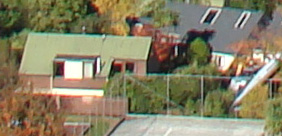 | ||
80 ISO not available |
80 ISO | |
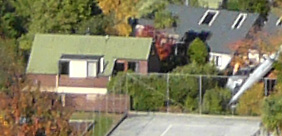 |
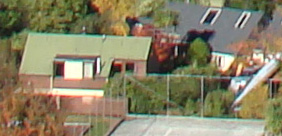 | |
100 ISO |
100 ISO | |
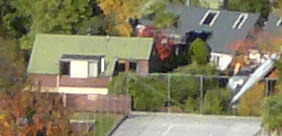 |
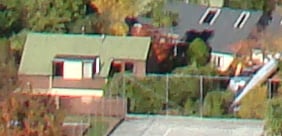 | |
200 ISO |
200 ISO | |
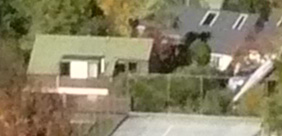 |
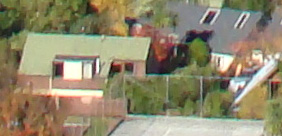 | |
400 ISO |
400 ISO | |
 |
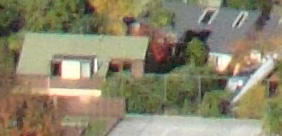 | |
800 ISO |
800 ISO | |
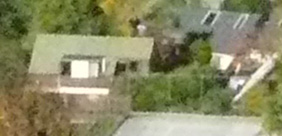 |
 | |
1250 ISO |
1600 ISO | |
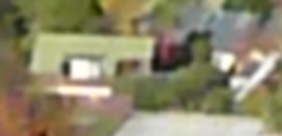 |
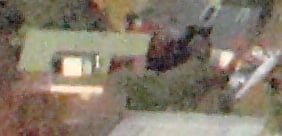 | |
3200 ISO (High Sensitivity preset) |
3200 ISO |
Panasonic Lumix DMC-FZ8 Noise Reduction comparison
The Panasonic Lumix FZ8 offers three different Noise Reduction options: LOW, STD and HIGH, with STD being the default setting. To see how they compared we took a series of images using all three settings straight after each other, and at every ISO setting. Note the shots below were taken moments apart, but on a different day to those samples above.
The effect of noise reduction can clearly be seen on the rooftops, where speckles on the first column are smoothed out until there’s no little or no surface detail remaining in the final column. As before, the foliage areas are also casualties of noise reduction and show considerable loss in detail as the sensitivity is increased, especially so in the right hand column.
We’re not surprised the HIGH noise reduction setting is over-zealous, but hoped the LOW option could leave a little more detail to work with than the default STD setting. In its defence, there is arguably a little more detail in the crops taken with LOW noise reduction over standard, but it’s pretty subtle and requires a serious amount of pixel-peeping. Interestingly the biggest difference is at 1250 ISO, and while there’s certainly more to work with on the LOW sample, it’s hardly now become a practical option.
While we appreciate the inclusion of noise reduction settings in any compact or superzoom, especially one priced as low as the FZ8, the fact is this lower setting hasn’t made a great deal of difference. The FZ8 remains a camera you really want to use at 100 or 200 ISO.
For more real-life results at different ISO settings, check out our FZ8 Gallery.
|
Panasonic Lumix FZ8 LOW Noise Reduction |
Panasonic Lumix FZ8 STD Noise Reduction (default) |
Panasonic Lumix FZ8 HIGH Noise Reduction | ||
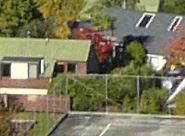 |
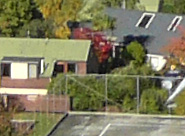 |
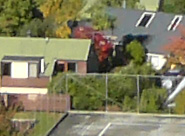 | ||
100 ISO |
100 ISO |
100 ISO | ||
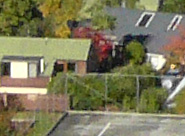 |
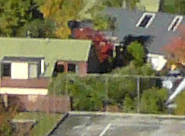 |
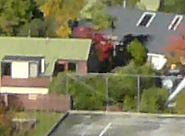 | ||
200 ISO |
200 ISO |
200 ISO | ||
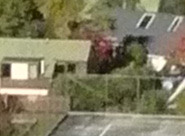 |
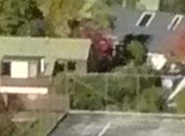 |
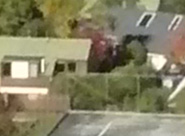 | ||
400 ISO |
400 ISO |
400 ISO | ||
 |
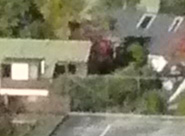 |
 | ||
800 ISO |
800 ISO |
800 ISO | ||
 |
 |
 | ||
1250 ISO |
1250 ISO |
1250 ISO | ||
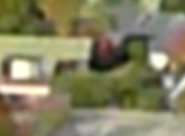 |
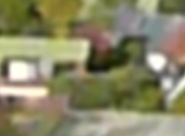 |
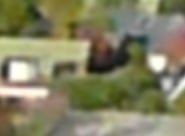 | ||
3200 ISO (High Sensitivity preset) |
3200 ISO (High Sensitivity preset) |
3200 ISO (High Sensitivity preset) |
